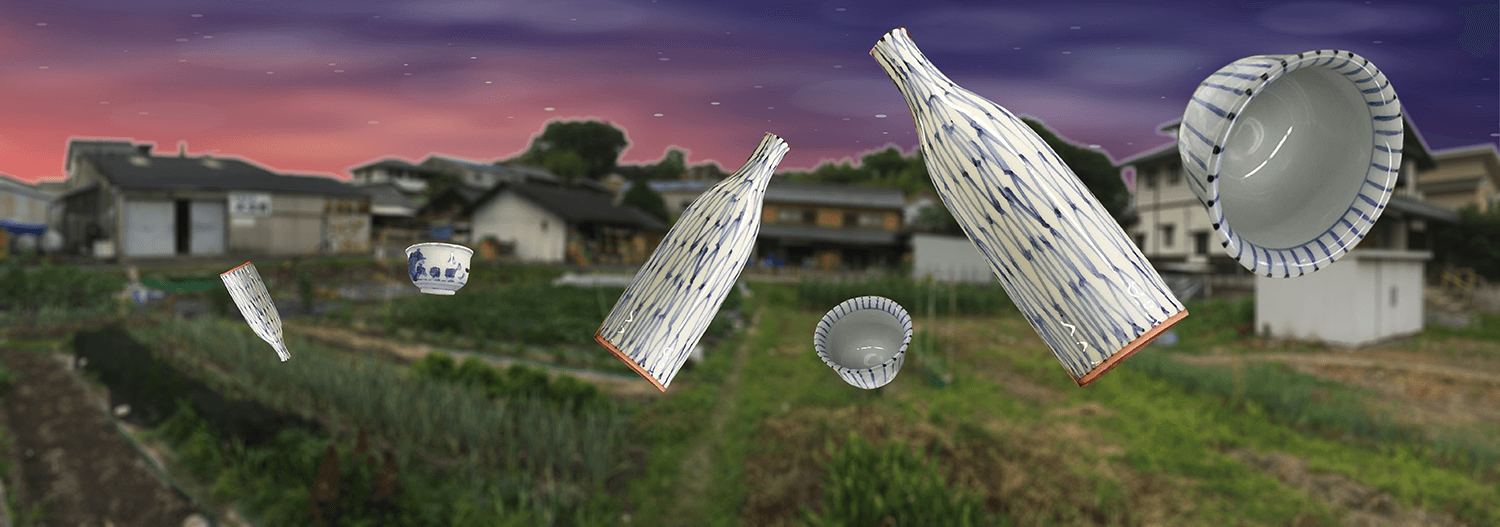|
Tajimi is seeing a sharp rise in long stay visitors who come to hone their pottery skills from local masters after the Covid restrictions on individual travel were lifted. Read more in our latest article.
a walk in the park at night in early aprilWe took a nightly walk in the Kokeizan park the other day and were reminded again how sweet it is to live off the beaten path, not having to fight the crowds in the sakura season! We wrote an article on the subject a couple of years ago, and invite you to come and read our tips on how to enjoy the cherry blossoms here in Tajimi!
NEW OPENING DATE 2021.09.30 - 10.17
Opening hours: 10.00 - 18.00 Venue: Exhibition Hall, Ceramics Park Mino
A massive ceramics festival - including an international competition - will be held in Tajimi in September and October.
A Celebration of Pottery every aprilThe Tajimi pottery festival was held on April 10 and 11 with good and attractions on display around our city. A large number of pottery lovers gathered to look through the stands crammed with all kinds of ceramics, including the Mino ware the area is famous for. Street performers lured large crowds, showing of everything from acrobatics and juggling to balance acts and musical performances. Tajimi is situated in the middle of the world's largest production area for ceramics, and vertically every kind of goods are produced here due to the very rich deposits of high quality clay. The festival area is spread out from the station all the way to the old City Hall. There was a large variety of food stands, cafés and restaurants serving the visitors, and the beer was extra tasty in the warm spring day. A new high-profile project to promote the city's proud ceramics tradition was present in the form of the four main characters in the upcoming animated series for TV, Yakunara Mug Cup Mo ("Let's make a mug cup too"). Look here for a collection of promotional films and trailers we have produced for the series. There are plenty opportunities to be surprised when you stroll around the area (the walk from the station to the end of the festival area takes around twenty minutes). For example, when I stepped into one of the shops I discovered this beautiful garden at the back. There is also a café in the same shop with a view over the garden. I also discovered a table full of miniatures of historic, traditional pottery, and had a great conversation with the potter himself. The little plates are popular and sell for 3,000 yen a piece, he told me.
Coming in April 2021 on TV
“YAKUMO” is short for “Yakunara Mug Cup Mo”. The “Kurukuru Rokuro [spinning potter's wheel] Manga” is about high school girls and the Togei-bu (pottery club) set in Tajimi City, Gifu Prefecture.
An animetelevision series adaptation by Nippon Animation is set to premiere in April 2021 (we have several teasers on this site). Here is a commercial introducing the voice actors. We are publishing a series of commercials in English only available on this website. The manga is distributed as a free magazine in Tajimi, Nagoya, Osaka and Tokyo four times a year. English version back numbers are available as free .pdf downloads from this website. 2020 is a special year for pottery in Mino, the Ceramic Valley of Japan. There is the grand International Ceramics Festival and competition, where three cities in the historic Mino Province - now a part of Gifu Prefecture - join forces to present the ceramic culture and industry in the region. Many events will take place here. Of interest next month is the Momoyama pottery exhibition at The Tajimi City Minoyaki Museum. The Azuchi–Momoyama period is the final phase of the Sengoku or Warring States period in Japan and It spans the years from c. 1573 to 1600. It was a time of constant war, but also of new heights in the world of pottery. The samurai had taken Zen and the tea ceremony to heart, and fine tea bowls were highly valued and admired. Bowls produced in the Mino region belong to the finest in this tradition. We have covered the development of Mino ware during this period extensively on this site.
This special exhibition of Momoyama Mino ware opens on February 14 (Fri) and lasts until May 17 (Sun). This is an opportunity to see some of the most brilliant pottery ever created in Japan. The museum also offer opportunities to drink from tea bowls made by the masters in Mino, as well as English speaking guides. "From Edo chic to tokyo modern" - settai komuraThis exhibition is a real treat for the art lover! You will find a variety of art in the style of Komura Settai, many of them his own works, some by others and some contemporary. We spent hours in the exhibition halls. Recommended! FROM THE MUSEUM EXHIBITION SITEFrom the Taisho era to the early Showa era, a new style was introduced into a wide variety of genres in Japan such as bookbinding, illustrations, and stage art, attracting the public. The momentum for re-evaluation of this movement is on the rise today. Settai Komura (jap: Komura Settai) studied with Shimomura Kanzan at Tokyo Art School, and after graduating in the third year of Taisho (1914) he was employed to copy old paintings. He was 28 years old at the time. The author Izumi Kyoka worked on the book 'Nihonbashi', and combined with Settai's book design a masterpiece was born, to be followed by many others. While working as a popular book design artist, Settai could establish himself as a Japanese painter. He designed products and advertisements at the newly opened design department at Shiseido. In this exhibition we aim to take in the essence of Edo and focus on the work of Settai, a “genius of design” that embodies the modernity of Tokyo. information
Tajimi Tourist Association is now running a program including around 70 different experiences where you can see and try a wide variety of ceramics and pottery related creative work. Experiences available in English are listed in this article. Tajimi sits in the centre of the world's largest ceramics production area. The program runs from October 10 (Thur) to December 22 (Sun). A downloadable pamphlet is available here. Check our event calendar to see what is going on day by day. Welcome!
|
�
Hans o. KarlssonChief blogger for Tajimi Tourist Association. Archives
April 2023
Categories
All
|
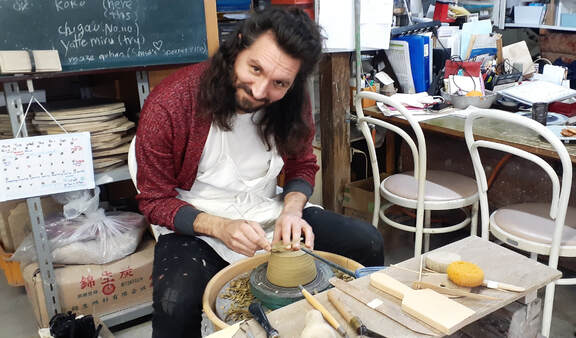
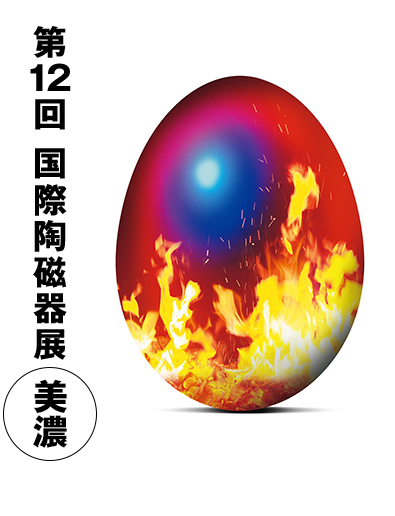
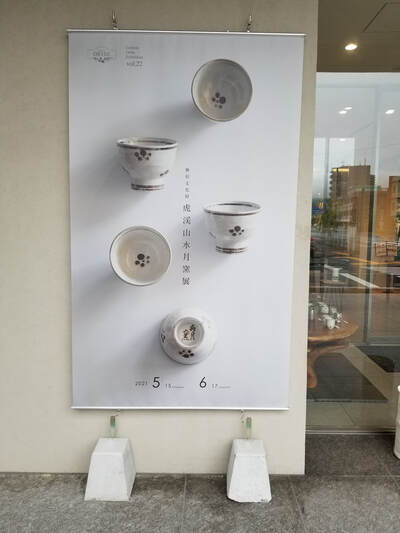
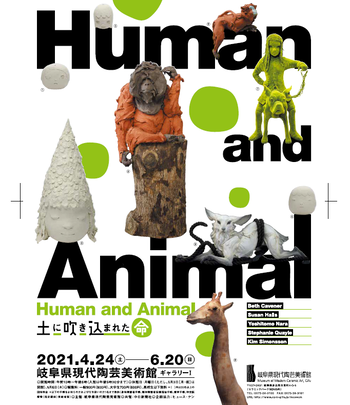
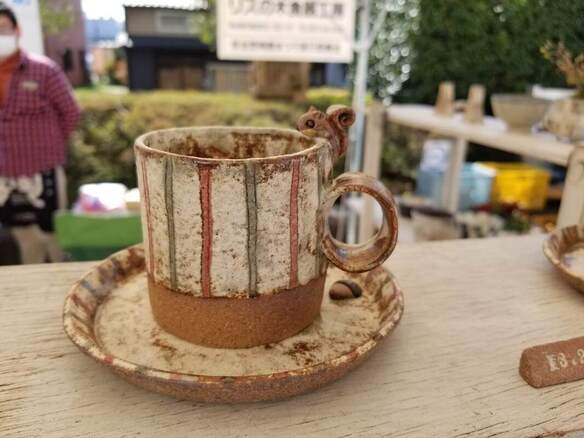
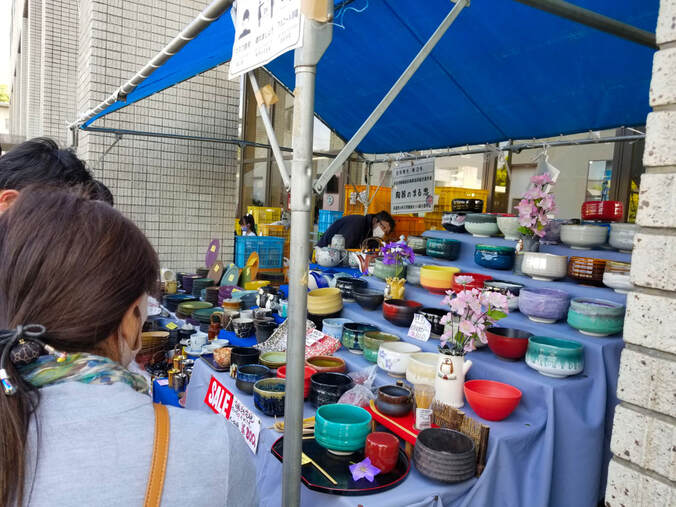
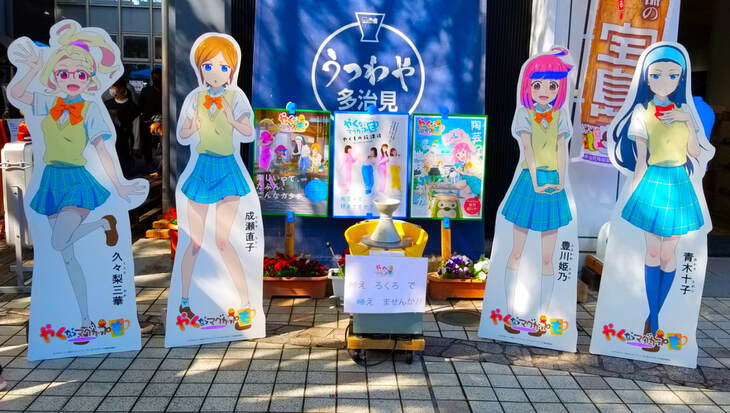

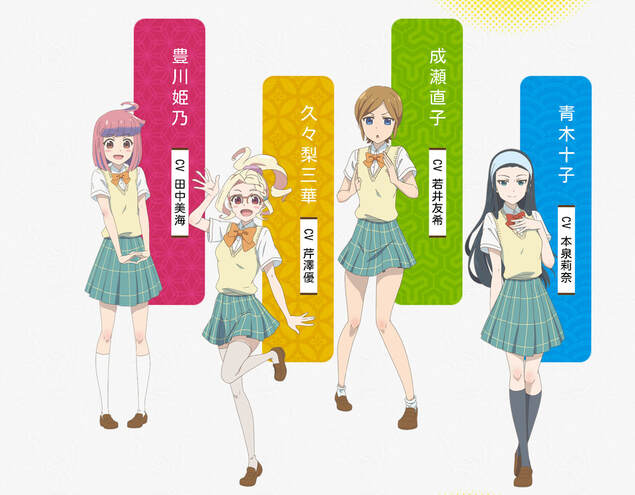

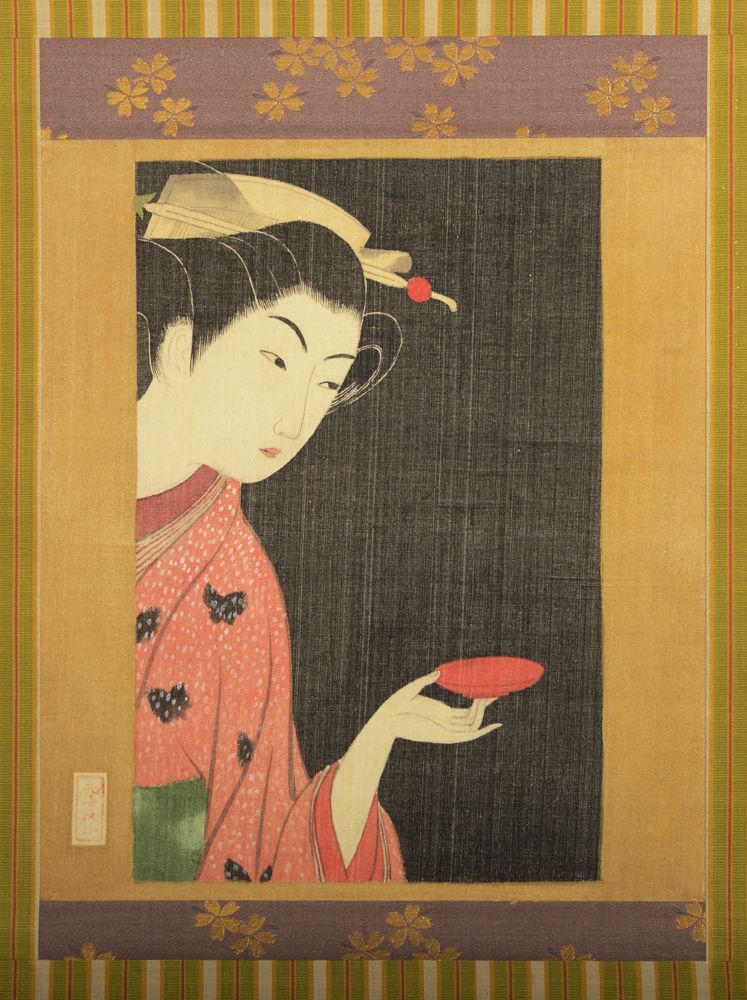
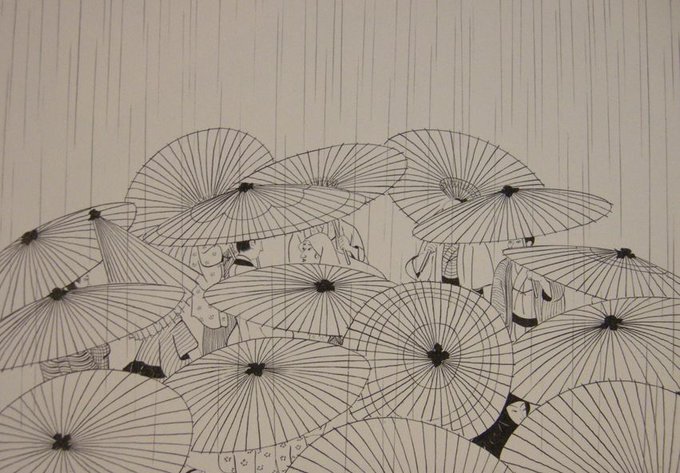

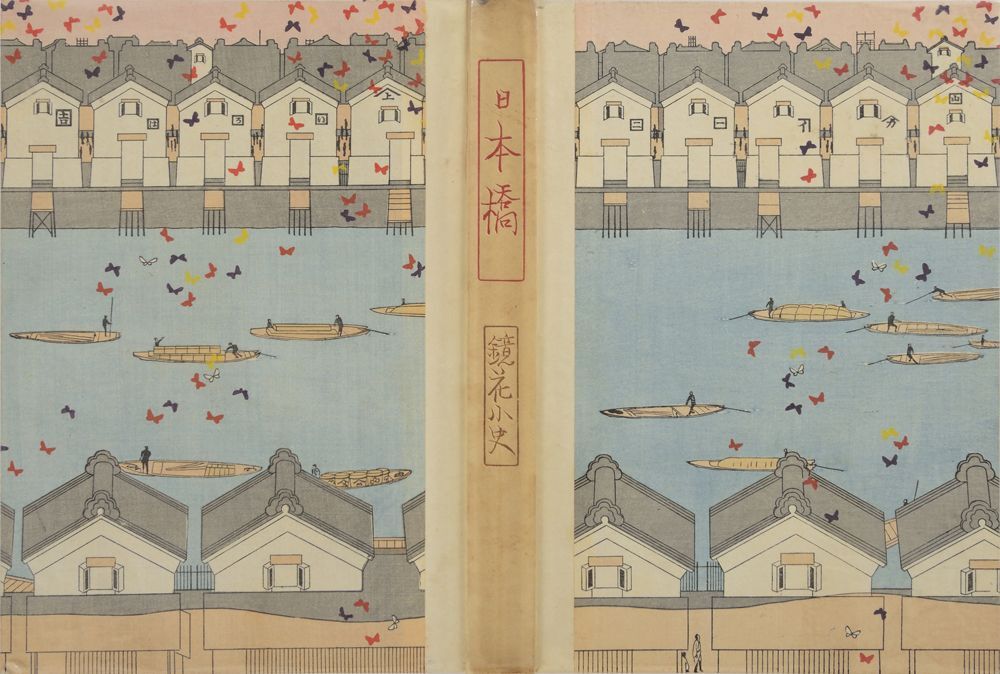
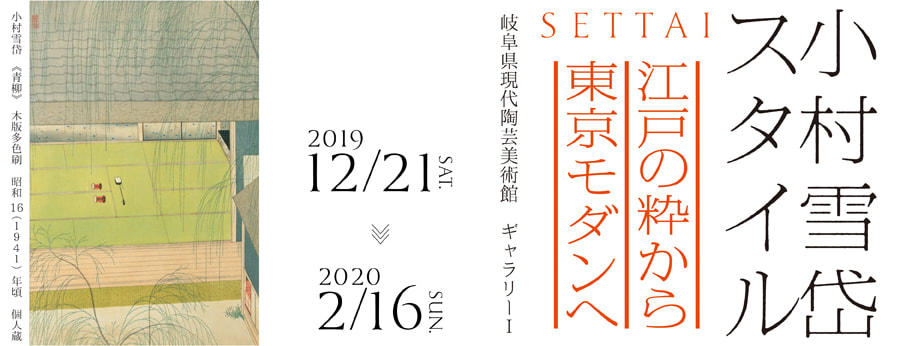
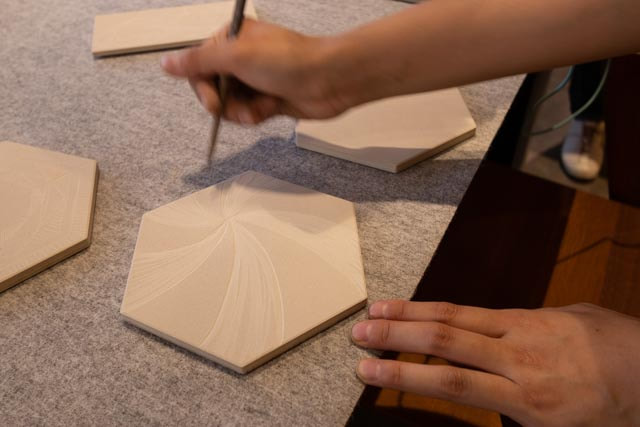
 RSS Feed
RSS Feed
